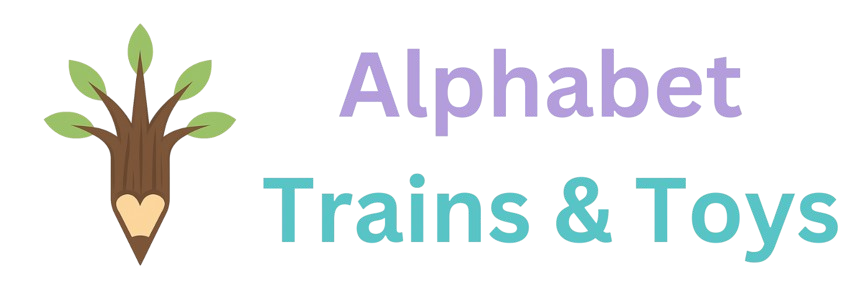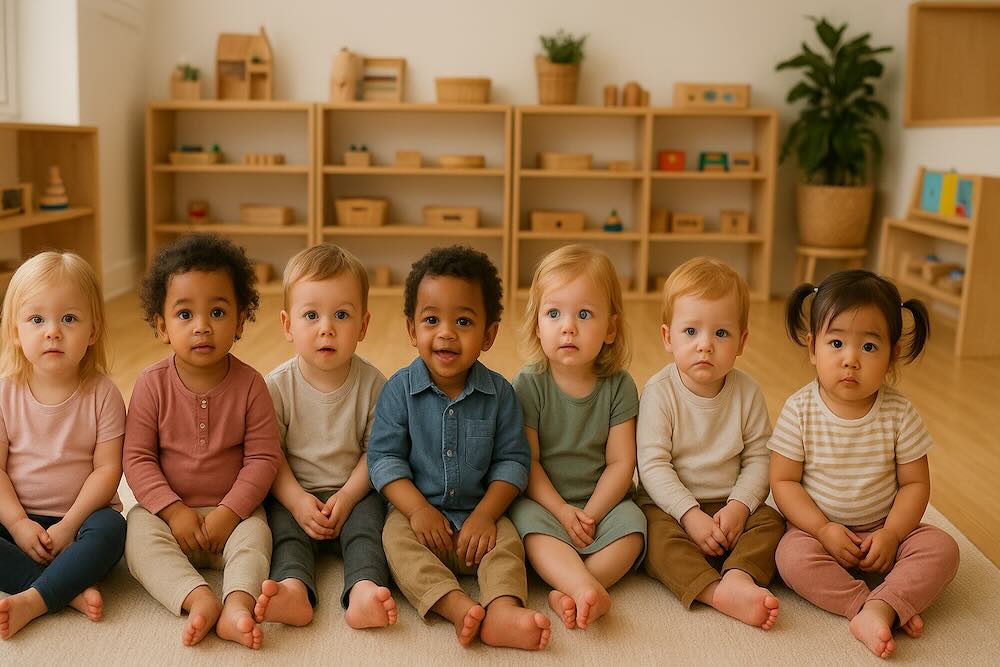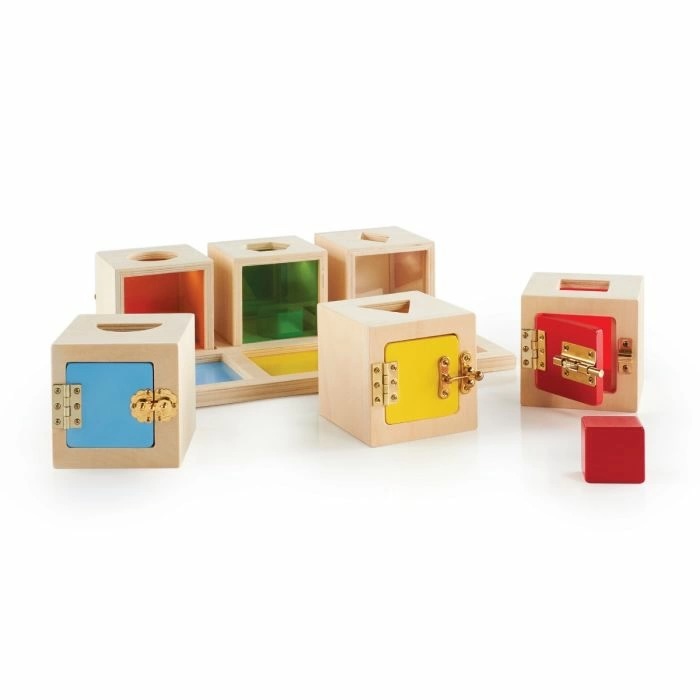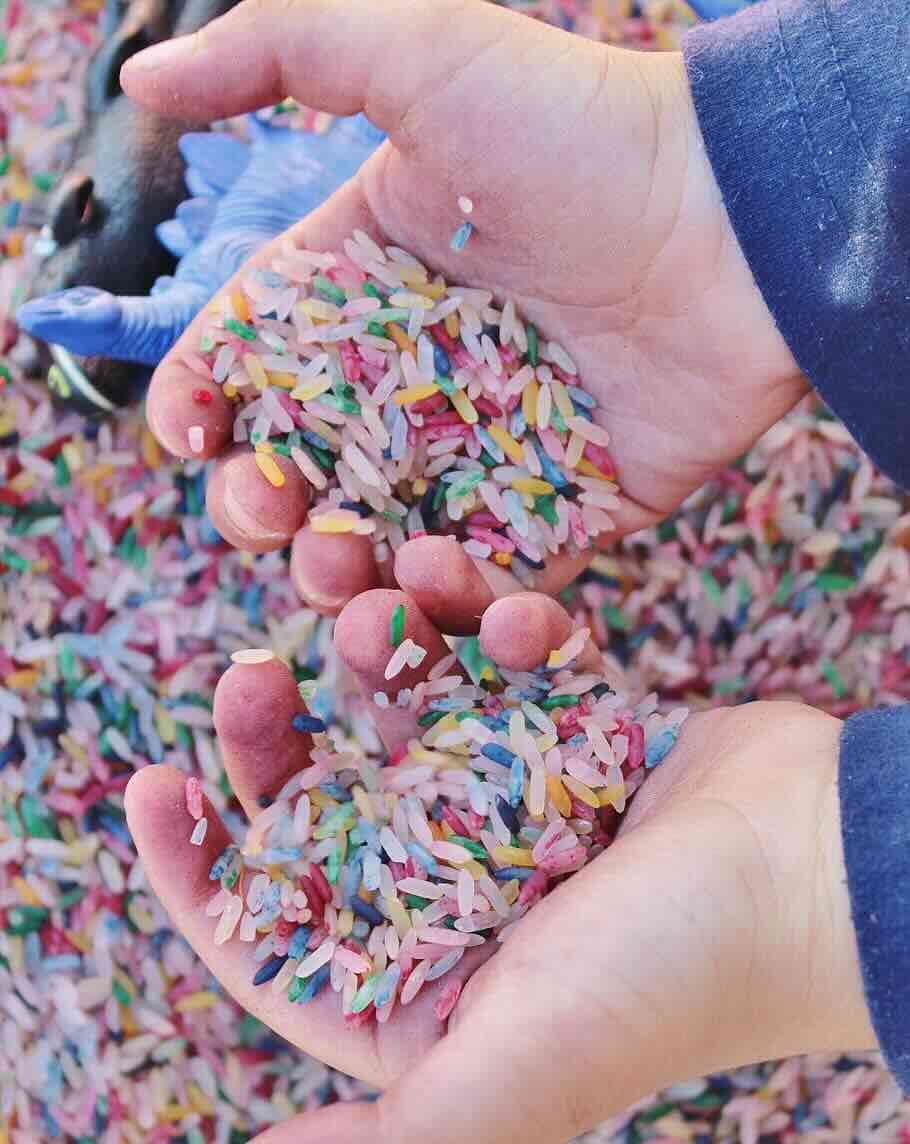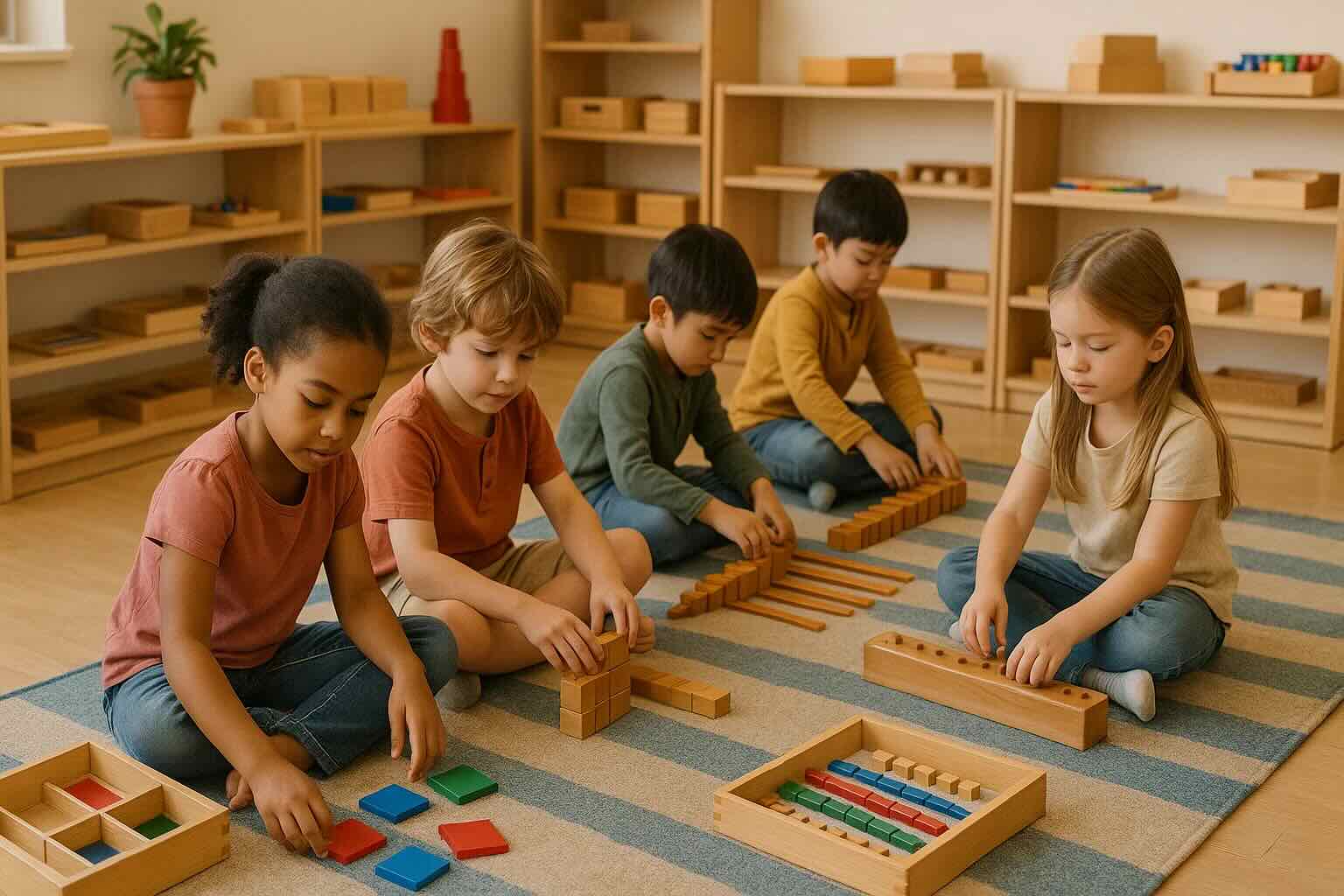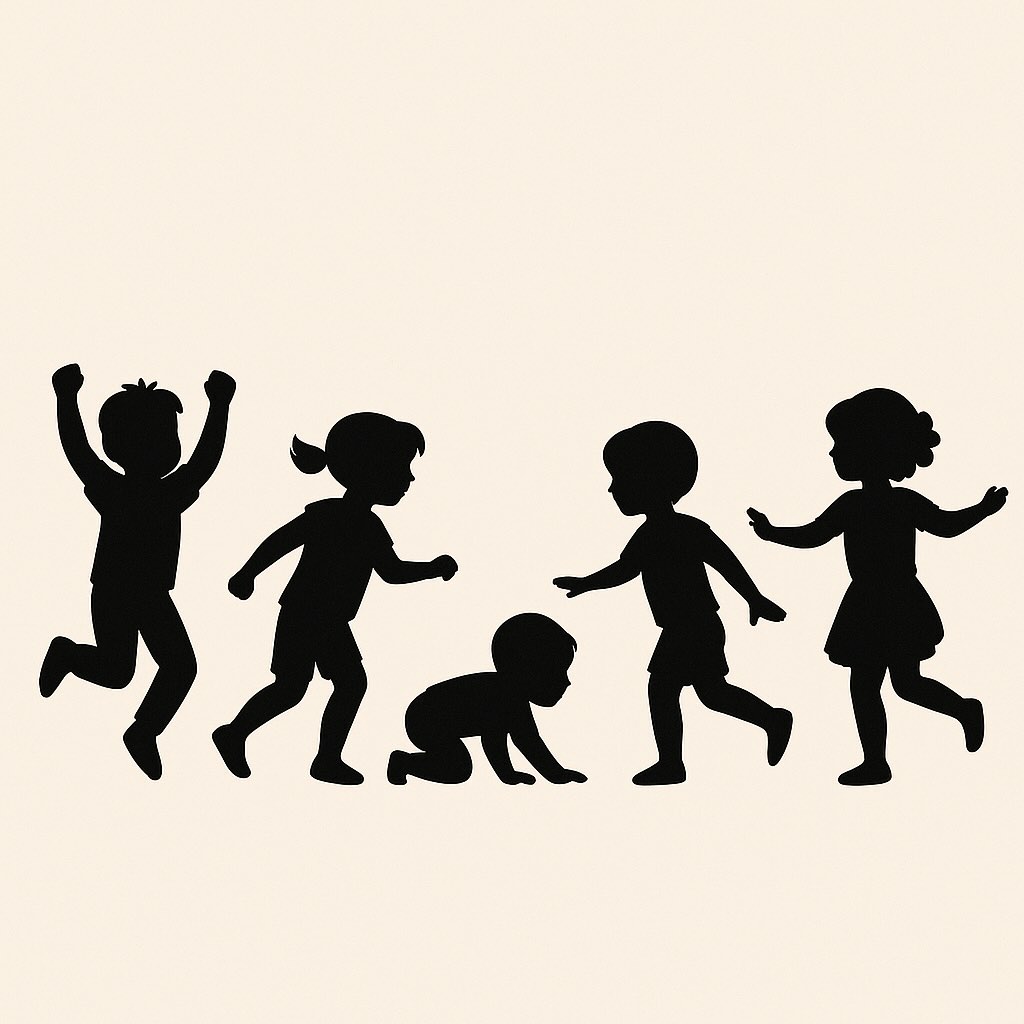Imagine your child's eyes lighting up as they discover how to stack blocks just right or pour water without spilling. These moments aren’t just adorable—they’re milestones in their journey toward independence. Tailoring learning experiences to your child’s unique stage helps them grow confidence, coordination, and a lifelong love of discovery.
Explore our full range of Montessori toys to support each stage of this journey.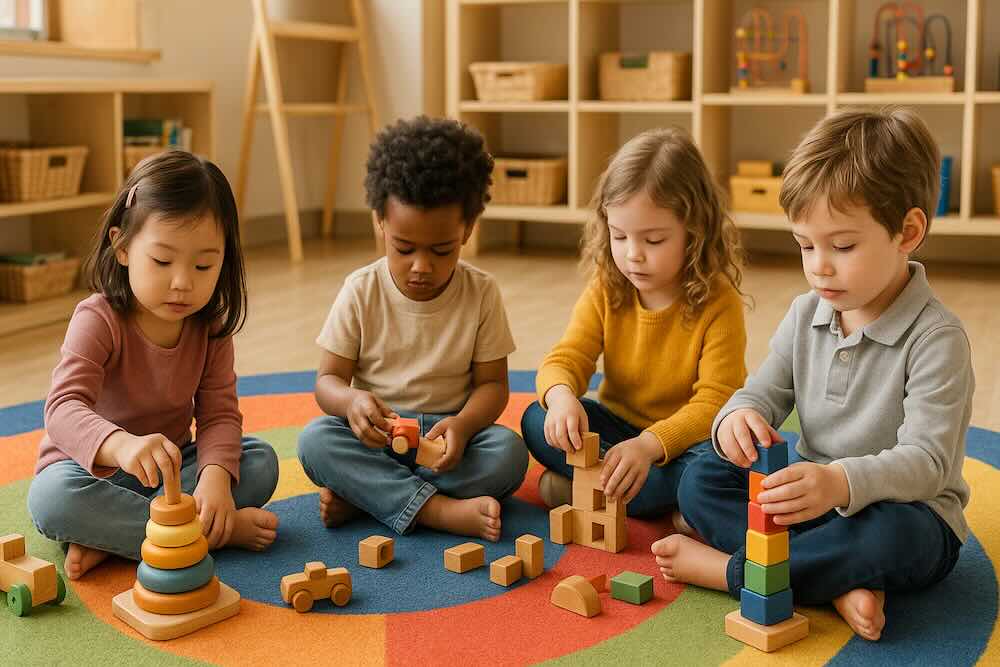
Experts like Simone Davies emphasize creating spaces where children lead their own exploration. In her 44-page guide, she shares simple yet impactful ideas: sensory baskets for tiny hands, pouring exercises for budding coordination, and daily routines that blend structure with freedom. Every task has a purpose, whether it’s strengthening fingers or teaching patience.
Think about your home as a launchpad for growth. A low shelf with carefully chosen materials invites curiosity. A cozy reading nook sparks imagination. Even mealtime becomes a chance to practice motor skills. The key? Observing what excites your child right now—not last week or next year.
Key Takeaways
- Learning tools should adapt to your child’s current abilities and interests
- Simple, everyday tasks build fine motor skills and self-reliance
- Structured playtime fosters focus without stifling creativity
- Home environments can mirror supportive classroom principles
- Consistent routines help children feel secure while exploring
The Montessori Method and Its Evolution
In 1907, a revolutionary classroom emerged in Rome, where young learners chose their tasks and moved freely between lessons. This was Dr. Maria Montessori’s first Casa dei Bambini, laying the groundwork for an educational philosophy that values children’s natural curiosity.
Origins and Principles of Montessori Education
Dr. Montessori believed children thrive when trusted to guide their own discovery. Her method centers on self-directed activity within thoughtfully designed spaces. Tools like sensory materials and practical tasks—pouring grains or buttoning clothes—help little ones master real-world skills while building focus.
Books like Simone Davies’ The Montessori Toddler show how these ideas translate to homes. Blogs such as The Montessori Notebook highlight simple tweaks: low shelves for independence, open-ended toys over flashy gadgets. “Children aren’t miniature adults,” Davies reminds us—they learn best through hands-on exploration.
Modern Adaptations in the United States
Today’s classrooms blend Montessori’s core values with fresh insights. Many schools now weave digital literacy into lessons or emphasize group projects. Yet the focus remains on nurturing each child’s unique pace—whether mastering letters at 4 or 5.
Research-backed updates include eco-conscious materials and activities promoting emotional intelligence. Teachers use calm, respectful language to foster collaboration. At home, families adapt principles through meal prep as math practice or nature walks for science discovery.
Montessori activities by age: Tailoring Learning Experiences
Your baby’s first year is a dance of discovery. Start with black-and-white mobiles to spark visual tracking, then introduce wooden rattles for grasping practice. Soft fabric books with crinkly pages invite tactile exploration during tummy time.
For more inspiration, check out our curated Montessori toys for 1-year-olds and this guide to Montessori baby activities for 2-month-olds.💡 Montessori Tip: Babies under 12 months learn best through contrast, sound, and movement. Swap out a few toys weekly to keep engagement fresh and avoid overstimulation.
First Year Foundations (0-12 Months)
Around 6 months, try object permanence boxes. These simple wooden tools teach cause-effect thinking. Fill a basket with natural materials: silk scarves, wool balls, and textured teethers. Rotate items weekly to maintain curiosity.
Building Independence (12-36 Months)
Toddlers thrive with sorting trays and pouring stations. Use large beads for threading practice—it builds finger strength for future writing. Mystery bags filled with kitchen tools become guessing games that sharpen observation skills.
You can find age-appropriate tools and games in our collection of Montessori toys for 2-year-olds.🎁 Pro Tip: Let toddlers help set up their own play area. A sense of ownership builds motivation and reinforces Montessori’s principle of independence through choice.
| Stage | Focus Area | Sample Tools |
|---|---|---|
| 0-12 Months | Sensory Input | Contrast cards, grasping toys |
| 12-24 Months | Motor Development | Shape sorters, pouring pitchers |
| 24+ Months | Practical Skills | Child-sized brooms, button frames |
Expanding Horizons (3-5 Years)
Preschoolers ready for complex challenges love sequencing cards and nature journals. Set up a washing station for dolls’ clothes—it combines water play with real-world responsibility. “The hands are the instruments of human intelligence,” Dr. Montessori observed, which explains why scooping beans captivates more than screens.
Looking for ideas tailored to preschoolers? Explore these Montessori toys for 3-year-olds and our favorite indoor activities for preschoolers.Choose materials that grow with your child. A three-part puzzle becomes a counting tool later. Store items on low shelves for easy access, fostering self-directed learning. Remember: consistency matters more than perfection in creating nurturing spaces.
Implementing Montessori in Home and School Environments
Designing spaces where kids lead their learning starts with simplicity and accessibility. Whether you’re transforming a playroom or a classroom, the goal remains the same: create environments that whisper “explore me” rather than overwhelm. A well-prepared area becomes a partner in your child’s growth, fostering both independence and joyful discovery.
✅ Montessori Home Checklist:
- ✔️ Low shelves with curated materials
- ✔️ Child-sized tools for daily tasks
- ✔️ Natural light and neutral colors
- ✔️ Rotating toys every 2–3 weeks
Creating an Authentic Montessori Learning Space
Begin with low, open shelves that let little ones see and reach materials without help. Choose wooden bowls over plastic bins, and replace battery-operated toys with tactile tools like spoons or fabric squares. “Every object should have a purpose,” notes a seasoned educator—think scooping grains for hand-eye coordination or arranging flowers to practice care.
Incorporate real-world tasks into daily routines. A toddler-friendly kitchen station with a small pitcher and cups turns water pouring into a brain-building exercise. At school, label cubbies with photos so pre-readers can tidy up independently. Rotate items weekly to match growing skills—swap stacking rings for puzzle maps as abilities advance.
Natural light and neutral colors reduce distractions, helping children focus on activities. Keep only 8-10 materials visible at once, stored in baskets or trays. This approach minimizes clutter while encouraging deep engagement. For older kids, add journals or magnifying glasses to extend science explorations.
Consistency matters: return tools to their designated spots after use. This ritual builds respect for the environment and teaches organizational habits. Whether at home or in formal settings, these principles nurture self-motivated learners ready to tackle real-life challenges with confidence.
Boosting Life Skills and Cognitive Development with Montessori
What if folding laundry could teach your child geometry? Everyday tasks become powerful teachers when approached with intention. Simple routines like pouring cereal or wiping tables strengthen neural pathways while building real-world competence.
Practical Life and Sensory Activities
Washing hands isn’t just about cleanliness—it’s a lesson in sequencing. Children follow steps: pump soap, scrub palms, rinse thoroughly. Sorting socks by color or size introduces classification skills. These practical life activities develop:
- Fine motor control (using tweezers to transfer pom-poms)
- Logical thinking (arranging utensils smallest to largest)
- Self-care habits (buttoning shirts independently)
Hands-On Learning and Fostering Independence
A child spreading peanut butter learns weight distribution. Another arranging flowers explores symmetry. “Never help a child with a task they believe they can complete,” Dr. Montessori advised. This philosophy builds resilience and problem-solving skills.
| Activity | Skill Developed | Real-World Link |
|---|---|---|
| Watering plants | Responsibility | Ecology awareness |
| Matching textures | Sensory discrimination | Scientific observation |
| Setting tables | Pattern recognition | Mathematical thinking |
For toddlers, these indoor Montessori activities are perfect for reinforcing early life skills in fun ways.
Studies report Montessori students were, on average, a full school year ahead by sixth grade. At home, blend music into cleanup time—singing while sorting teaches rhythm and teamwork. Adjust tasks weekly: swap spooning rice for lentils to refine precision. Celebrate progress, not perfection.
Conclusion
Every small choice you make today shapes your child’s tomorrow. Matching learning experiences to their developmental stage—like puzzle games for spatial reasoning or pouring exercises for coordination—builds critical life skills organically. Recent studies have demonstrated that compared to children in traditional classrooms, those in Montessori environments showed a clear advantage in early literacy development by the end of kindergarten.
If you're unsure where to start, try our blog on Montessori activities for 1-year-olds or explore ideas for Montessori babies just 1 month old.Whether at home or school, consistency matters. Simple routines—sorting socks or watering plants—teach responsibility while strengthening fine motor control. Educators like Simone Davies highlight how these tasks prepare kids for real-world challenges: “Independence grows when we trust them to try.”
Modern research confirms what Dr. Montessori observed over a century ago: hands-on exploration fuels cognitive and social growth. Toddlers thrive with sensory bins, while older children benefit from collaborative projects. Rotate materials weekly to keep engagement high without overwhelming young minds.
Your role? Create spaces where curiosity leads. Start with one shelf of purposeful tools. Celebrate progress, not perfection. Every spoonful poured or button fastened builds confidence for future group work and complex tasks. Ready to begin? Explore fresh ways to adapt these principles—your child’s journey starts now.
🌟 Remember: Montessori isn’t about doing more—it’s about doing less, better. A few thoughtfully chosen activities can spark deeper learning than a room full of options.
